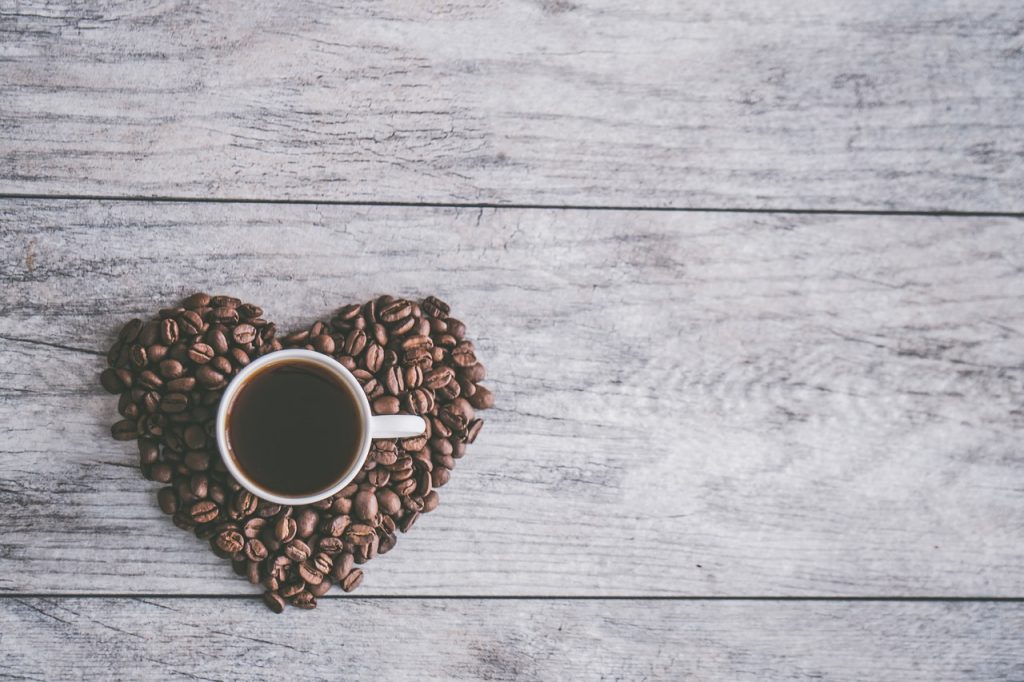Coffee beans are the seeds of the coffee plant and usually they are dried, roasted, and brewed to make coffee. But what if you cover the roasted coffee beans in chocolate instead of brewing them? You might get a similarly delicious treat. But is it safe to eat?
It is the same thing with a twist
Coffee beans are basically a more concentrated version of coffee because there’s no water to dilute them. They contain pretty much the same spectrum of substances, including nutrients, caffeine, and stomach irritants. The key difference is that eating the beans may lead to a more rapid absorption of caffeine in your mouth. Both beneficial and negative effects of coffee are amplified.

There are two possible problems
The two common issues that coffee causes can be intensified when eating coffee beans, so it’s extra important to be aware of them. Firstly, caffeine and other compounds called catechols present in coffee beans have been shown to increase stomach acid. That can in turn lead to heartburn and other types of stomach discomfort. And secondly, caffeine can lead to sleep problems which can last up to 9.5 hours after consumption in people who are sensitive to it.
The usual benefits apply, only faster
Just like drinking coffee, eating coffee beans gets you a big antioxidant and caffeine boost. On average, 8 coffee beans carry an amount of caffeine equivalent to one espresso. The interesting thing is that your body will absorb the caffeine more quickly, so beware. Based on observations, coffee drinking is linked to a huge variety of health benefits like reduced risk of heart disease, some cancers, brain disorders, and many more illnesses. These observations do not prove causation and even if they did, we don’t have the same data for coffee bean consumption, so don’t expect miracles.

So, how many beans can you eat in one sitting?
It depends largely on your caffeine tolerance. Most people can handle up to 200 mg in a single dose and up to 400 mg a day. This is equivalent to roughly 5 espressos per day or a doubleshot in one sitting. The amount of caffeine in coffee beans changes based on size and duration of roasting. Also, Robusta coffee beans contain around twice as much caffeine as Arabica beans. On average, chocolate-covered coffee beans contain around 12 mg of caffeine each.
That means you should be able to eat up to 33 chocolate-covered coffee beans a day when it comes to caffeine content, provided you avoid all other sources of caffeine. Just don’t forget about all the added sugar in the chocolate glaze.




